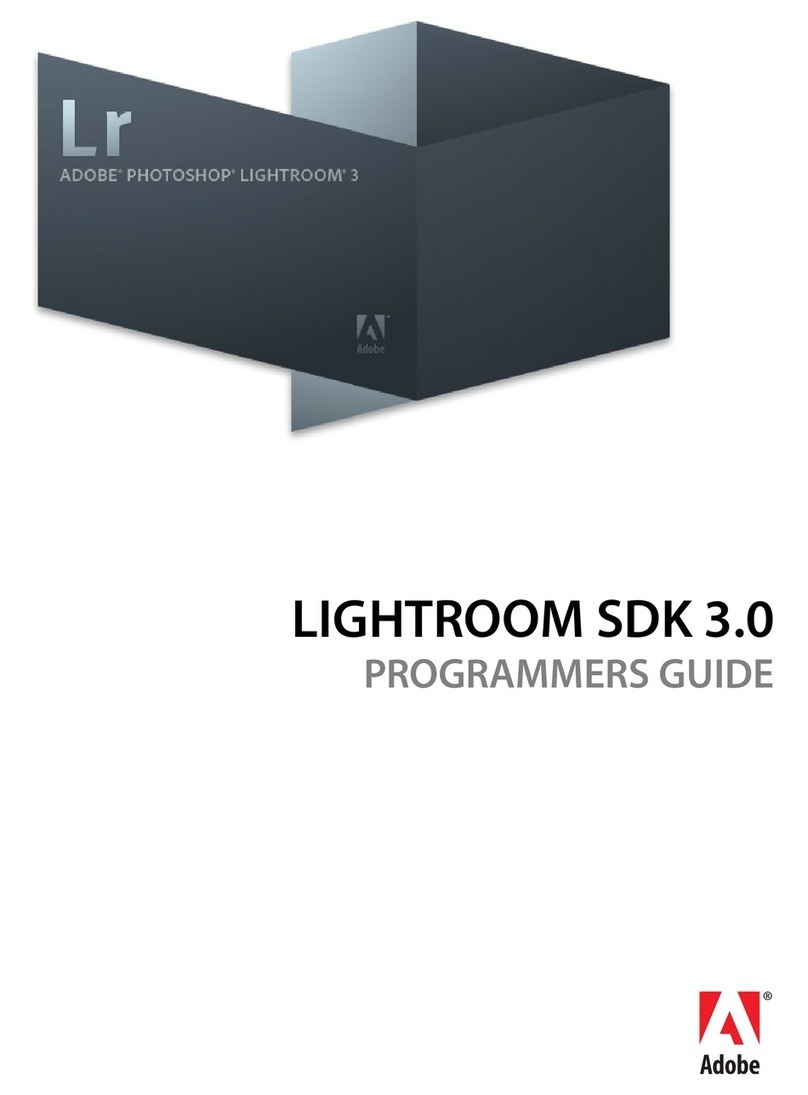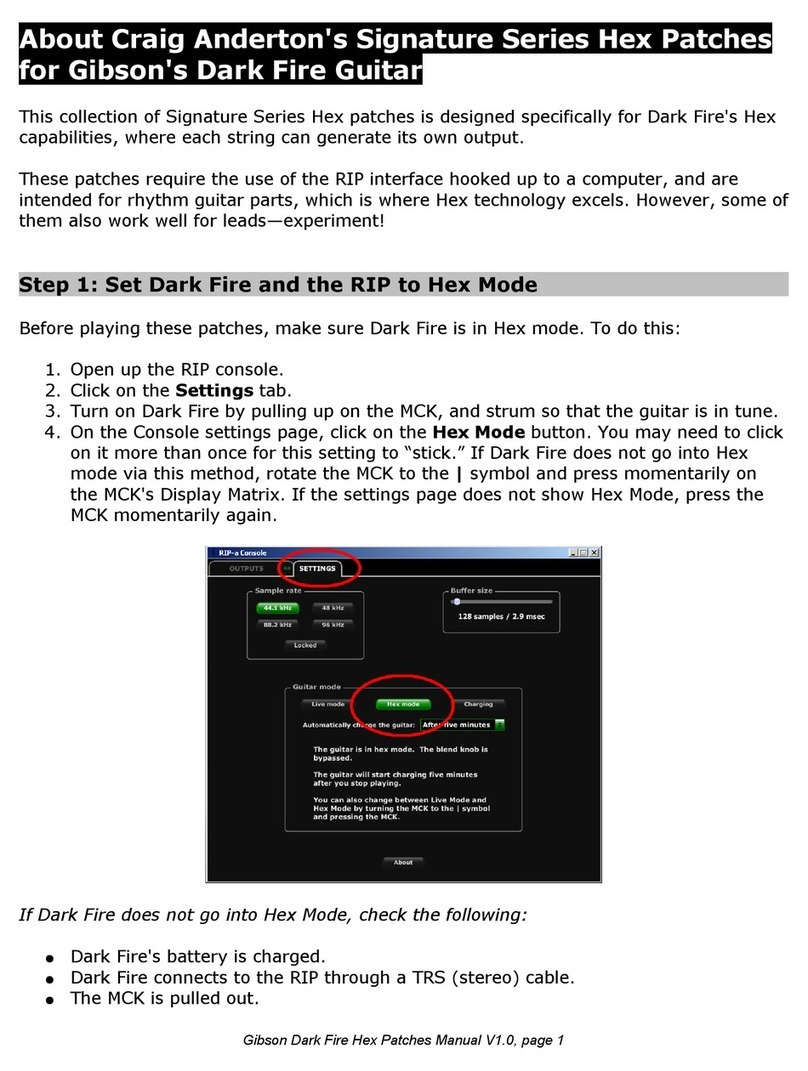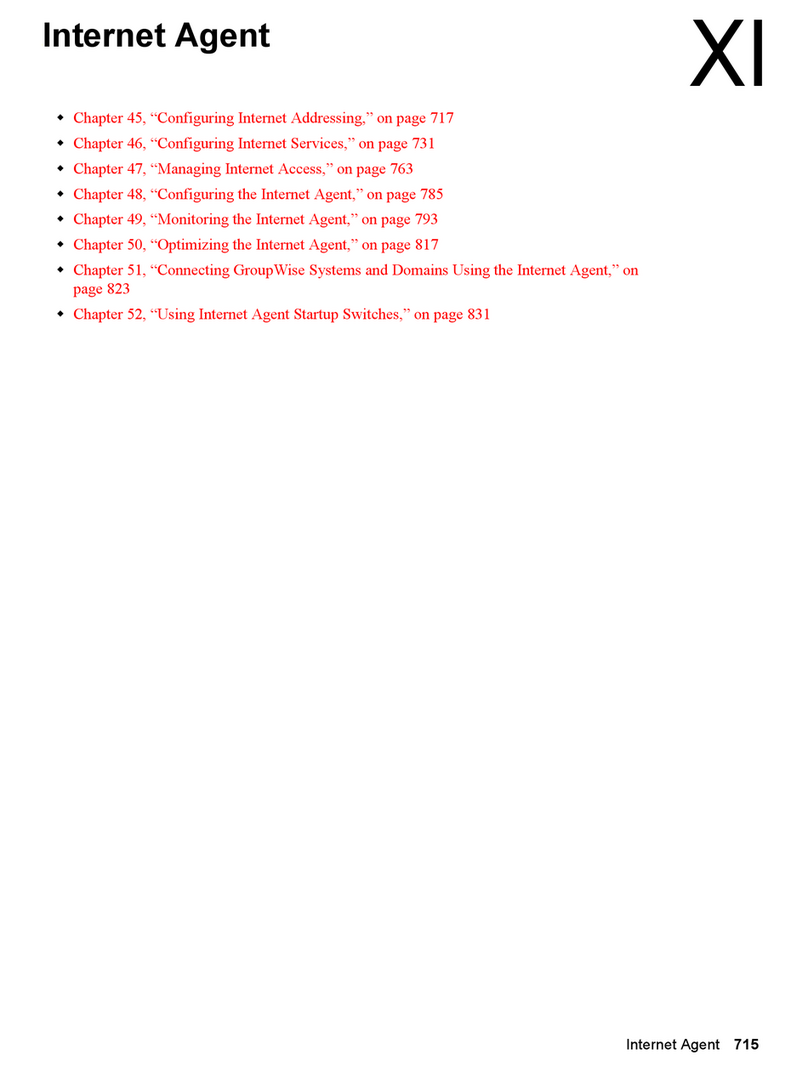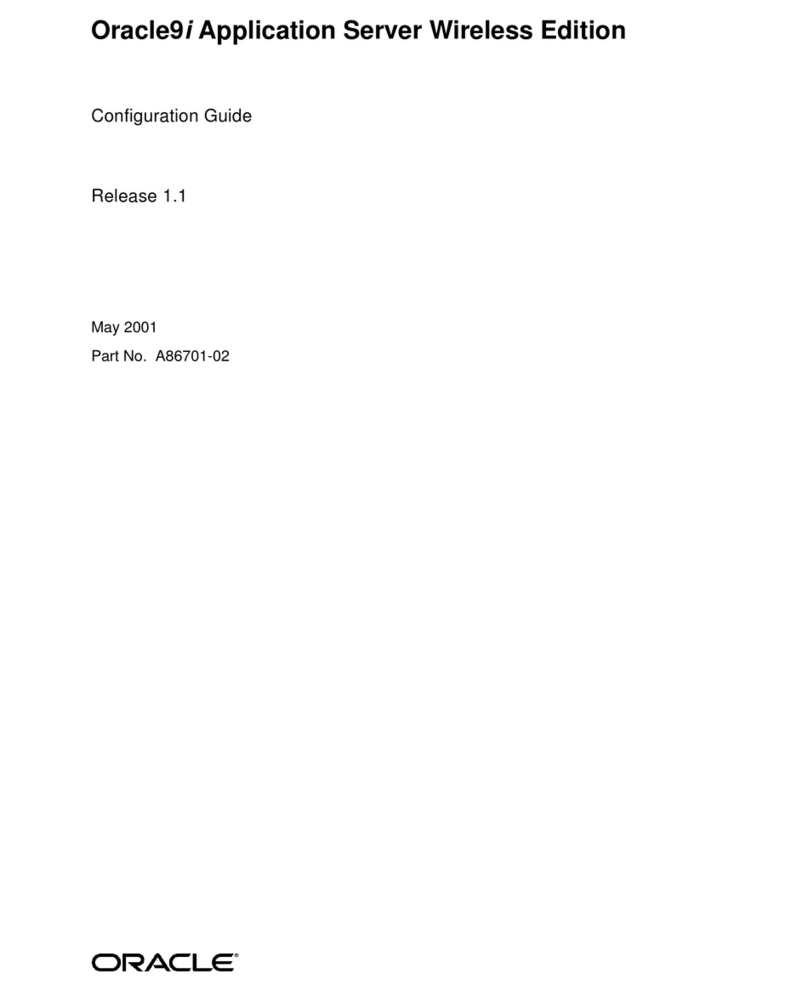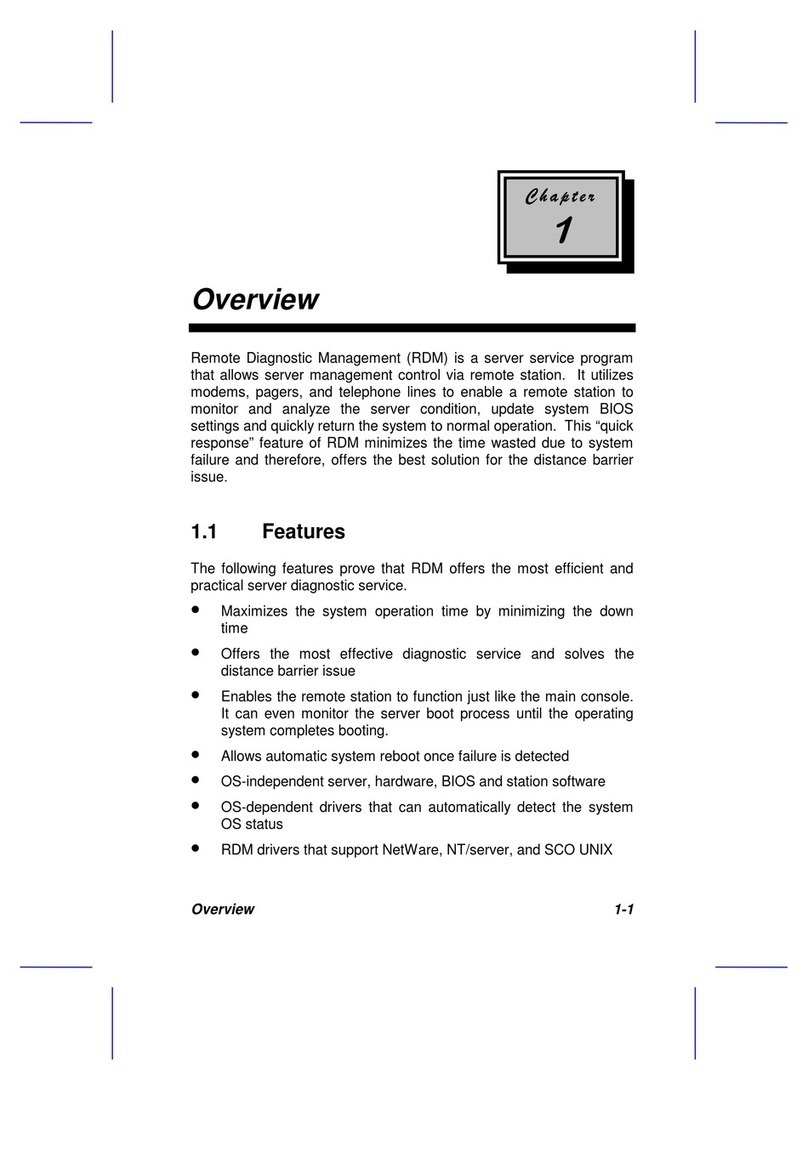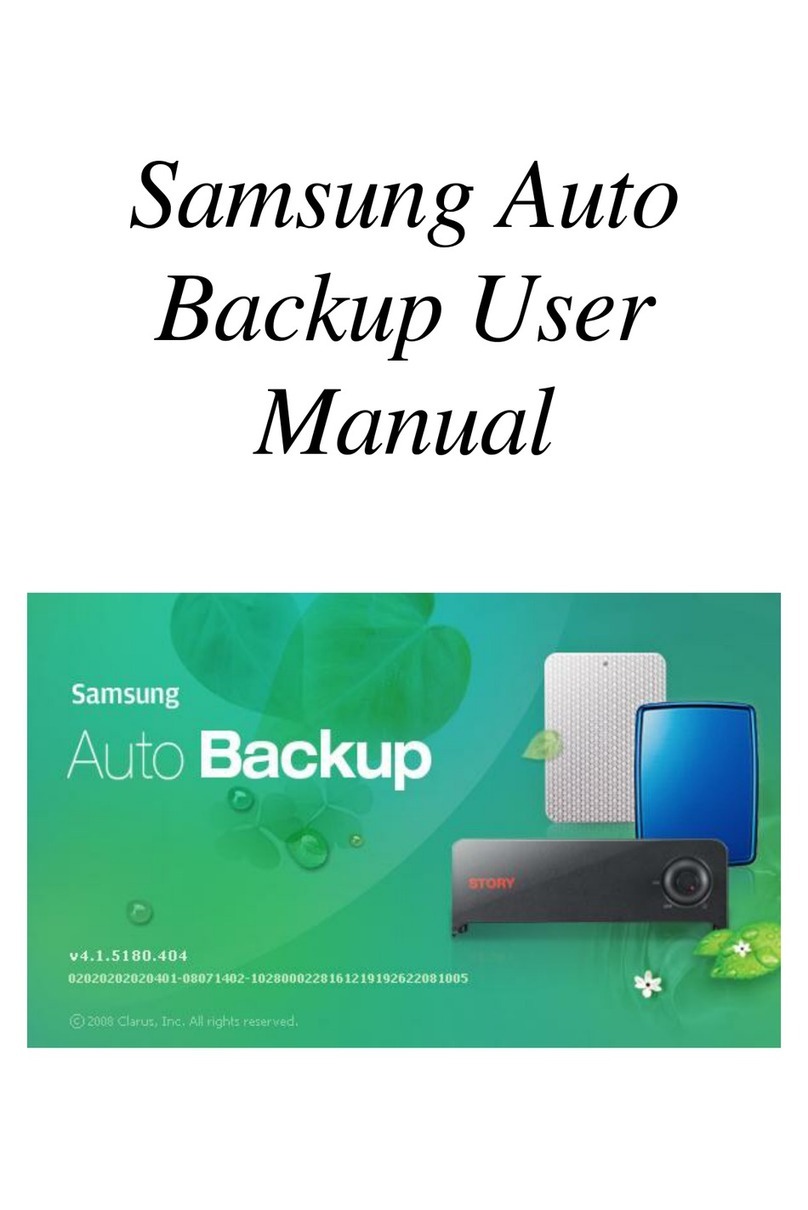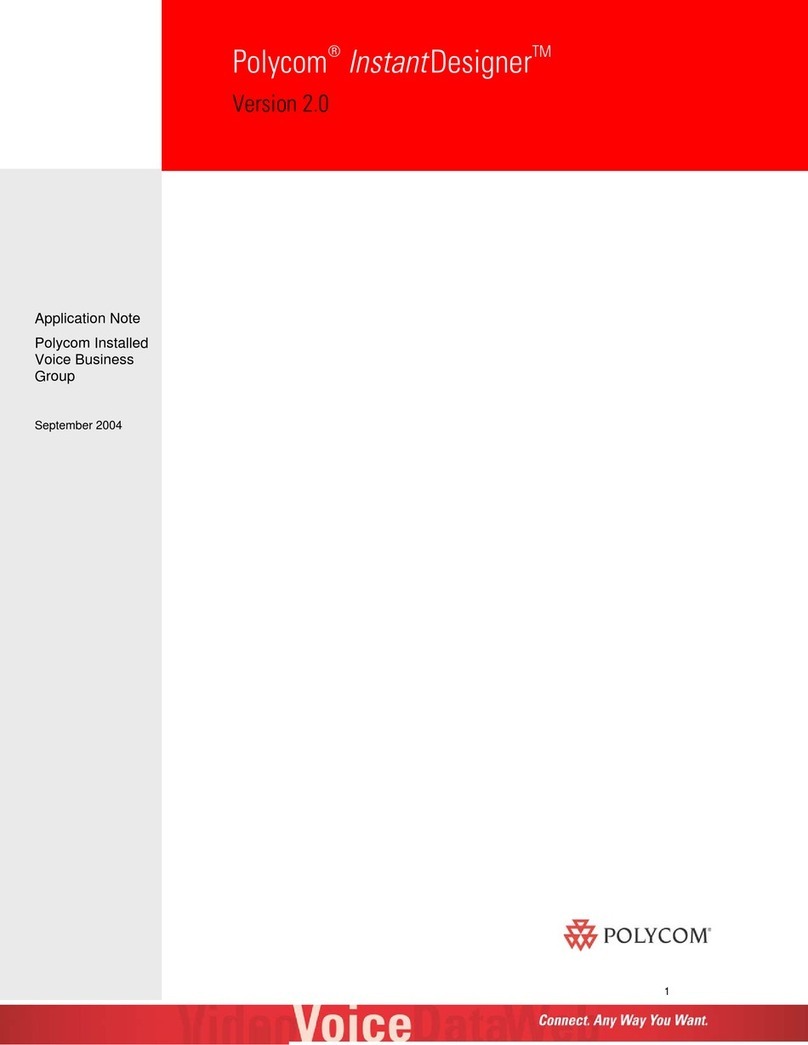
arranty Protection
It is very important to us that you are satisfied with your Gibson product. Register it and
activate your warranty protection by mailing the warranty card included with Dark Fire to
Gibson USA, Department , P.O. Box 100087, Nashville, TN 37210-0087. If you encounter
any kind of problem, contact us as soon as possible so we can make things right.
Once you your warranty protection is active, RIP’s electronic components are warranted to be
free from defects in materials and workmanship for a period of one (1) year from the date of
original purchase. Your warranty covers the cost of both labor and materials on any repair
deemed necessary by our Customer Service Representative for the warranty period, subject to
the limitations below. Please note that our warranty belongs to the original retail purchaser
only, and may not be transferred or assigned to subsequent owners.
If RIP malfunctions as a result of faulty materials or workmanship, Gibson will determine
whether repair or replacement is more appropriate. In case the original materials are no longer
available for repair, Gibson reserves the right to use materials regularly utilized at the time of
repair.
If we determine that replacing RIP best serves your interests, or in the unlikely event that it is
destroyed, lost, or damaged beyond repair while in our possession for repairs, we will replace
the product. If it is no longer available, it will be replaced with the most similar product whose
value does not exceed your original product’s purchase price.
Remember—as a necessary condition to the warranty coverage described in this
section, you must activate your warranty by mailing the warranty card included with
Dark Fire to Gibson USA, Department , P.O. Box 100087, Nashville, TN 37210-0087.
arranty Limitations
Unfortunately, it is not possible for your product warranty to cover any of the following:
Any product that has been altered or modified in any way, or upon which any serial or
registration number has been tampered with or altered in any way.
Any product whose warranty card has been altered or contains false information.
Any product that has been damaged due to misuse, negligence, accident or improper
operation or storage.
Any product damaged during shipment. Inspect the package immediately upon receipt,
and notify the carrier immediately if there is damage.
Any product damaged as a result of extreme temperature, humidity, or the use of an
improper power source.
Any product not purchased through an authorized dealer, or any product that has had
repairs, modifications or alterations made by an unauthorized service technician.
ear and tear based on normal usage.
Factory installed electronics after more than one year following the original date of
purchase.
3




